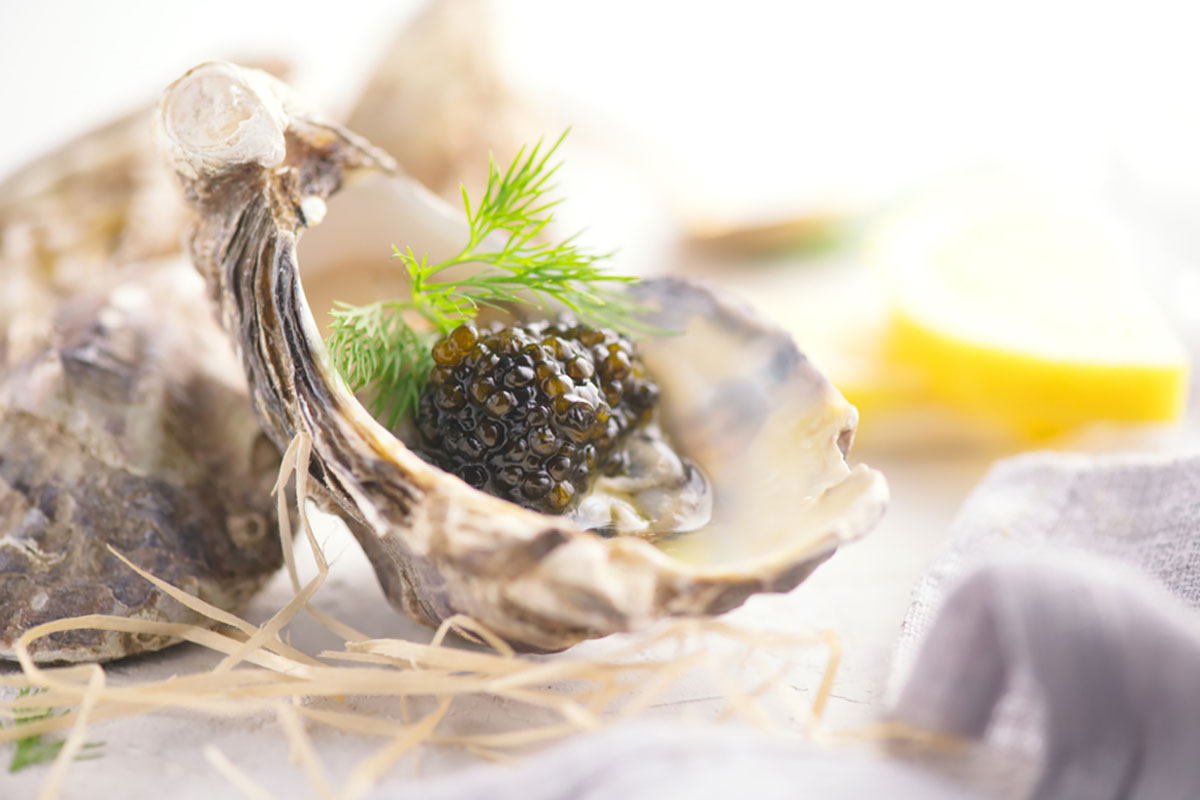Omega-3 fatty acids play a crucial role in brain function, normal growth and development, and in inflammations. Defects have been put in relation with numerous health problems, such as cardiovascular diseases, several types of cancer, mood disorders, arthritis and more. According to the Harvard Health Publishing, this doesn’t mean though that the intake of high doses results in better health and disease prevention.
It is recommended to eat at least two times a week fatty fish such as salmon, mackerel, sardines and caviar, since they’re rich sources of omega-3 fatty acids. Some plants contain another omega-3 fatty acid, the so-called alpha-linolenic acid, which our bodies can transform into DHA and EPA. Rich sources of this acid are linseed, Chia seed, walnuts, pumpkin seeds and rapeseed oil.
Omega-3 sources in comparison:
| Food | Per 100 grams |
| Caviar | 6,786 mg |
| Salmon | 2,26 mg |
| Sardines | 1,48 mg |
Caviar doesn’t just have high levels of omega-3, but also of Vitamin E (up to 10‘000 IU per 100g) and D (5,87 IU per 100g).
